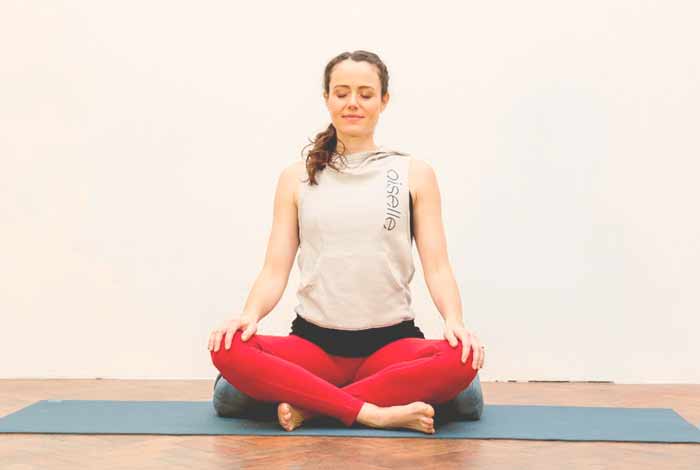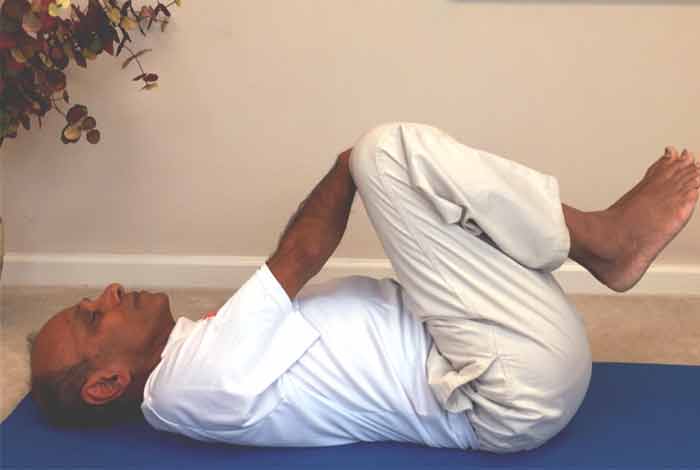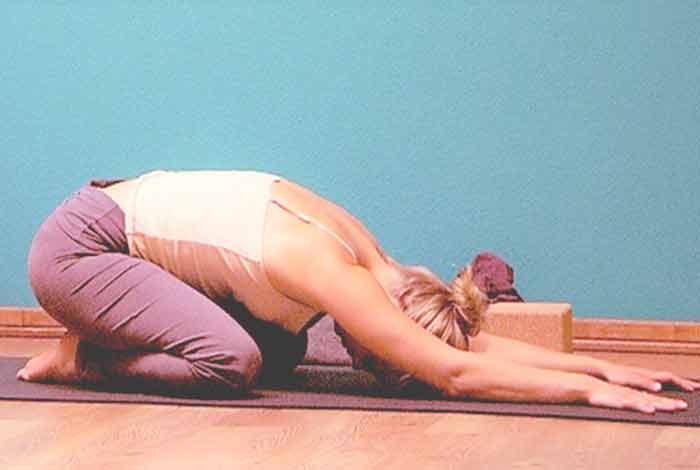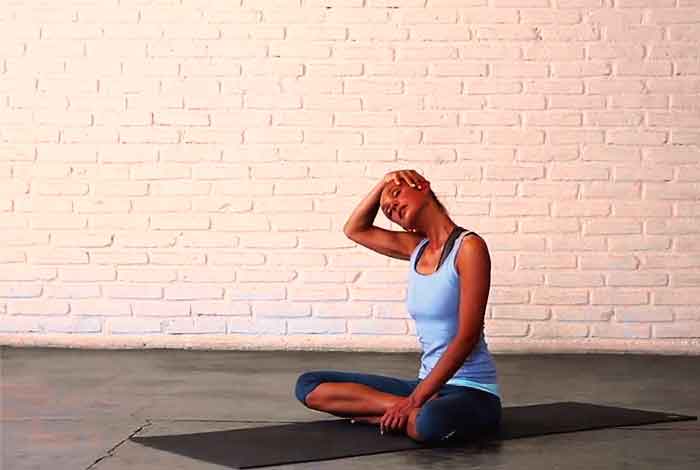
In the U.S. alone, there are 39 million people, who suffer from migraine and experience severe symptoms like blinding pain, nausea, vomiting and sensitivity to light and sound.[1] While avoiding migraine-causing foods and taking a painkiller at the beginning of symptoms help in preventing migraine, many people resort to sitting in a quiet and dark room for managing their symptoms. But, such conditions are not always available.
As per Jasmine Rausch, a certified yoga therapist, states that when the body comes in flight or fight mode, it responds by pain, inflammation or increased level of stress. Pain is further responsible for triggering stress reactions, causing more inflammation and subsequently, more stress.
The pain-stress cycle further makes it difficult to manage migraine. This is where yoga can be extremely beneficial in managing migraine in a holistic manner. It helps in lowering stress, relieve tensed muscles, reduce inflammation and get rid of pain. It will immediately help in bringing down the symptoms of migraine.
However, it is recommended to start doing yoga poses in the middle of an attack. When yoga is practiced for a long period of time, they help prevent the triggering factors from causing migraine and help the patient in managing his symptoms during a big attack of migraine.
It is advised not to practice any bending or forward folding poses as they can increase the strain on the head and neck; thereby, increasing the chances of chances of migraine attacks.
Some of the yoga poses that can actually help treat migraine are as follows:
Extended Exhalation Breathing
Rausch states that through extended breathing, it is possible to facilitate deep relaxation and reduce nerve activity. This is the best pose for starting antimigraine yoga.
Steps
- Notice the quality of your breath
- Determine the lengths of your inhales and exhales
- Make your breathing pattern even , such that inhale duration matches the exhale duration.
- Start increasing the length of exhale by 1 count once the inhale and exhale durations become equal
- Slowly increase the exhale duration by 2 counts
- Gradually make exhale duration twice the inhale durations
- Use this breath throughout your yoga practice

Palming
This step is known to help with light sensitivity and helps in soothing the optic nerve, which relieves the symptoms of migraine. This exercise will not only help you keep your light sensitivity at bay, it will also relax your body while it is in the middle of pain.
Steps
- Take both of your hands
- Cup them over your eyes gently without putting pressure on the face
- Try to block out as much light as possible
- Practice extended exhalation breathing
- You can also add ‘om’ or ‘ma’ sound while exhaling
Seated Arm Extension
This step helps relieve the tension from the neck muscles.
Steps
- Take both of your hands
- Cup them over your eyes gently without putting pressure on the face
- Try to block out as much light as possible
- Practice extended exhalation breathing
- On inhaling, extend your right arm forward and then, to the right without raising it above your shoulder
- You can choose to bend or not to slightly bend your elbow
- Shift your gaze to the left
- Bring your arm back and gaze at the center while exhaling
- Repeat this exercise for at least 3 times for each side
Double Knee Twist
Through this pose, you can balance your nervous system, which can go a little haywire during a migraine attack.
Steps
- Lie on your back
- Draw both your knees to your chest while inhaling
- you can even place a block or pillow in between to maintain a neutral pelvis
- While exhaling, release your knees to the right and bring your arms to the side
- Shift your gaze gently to the left
- Hold this position for 5-8 breaths
- Repeat it with the opposite side

Knees to Chest
Through this pose, you can relieve tension and rebalance your energy.
Steps
- Lie on your back and raise your knees while keeping your feet planted
- While inhaling, lift your feet off the ground
- During exhalation, draw your knees into your chest
- Keep supporting the front of your knees using your hand
- Pump your knees in and out while breathing
- On inhaling, the knees should move away from the chest and the arms should get straightened
- While exhaling, the knees should move towards the chest and elbows should bend
- This sequence should be repeated 5-8 times

Calming Your body
After this session, you should bring your body to relaxation while calming down all your senses with the help of guided meditation or relaxation session. This will help soothe the brain and releasing pain and tension.
A cool compress or eye pillow can also be used for enhanced experience. These sessions are recommended to be practiced for at least 3 months or until the symptoms go away.
You can also repeat these sessions in the evening for preventing migraines. Other poses can be added to this regime to achieve several other goals and requirements once migraine is successfully managed.

Things to Keep in Mind
Some of the things that need to be kept in mind when yoga is being used for holistic migraine therapy are as follows:
- Stay away from triggering factors of migraine, such as
- emotional stress
- change in routine
- change in lifestyle
- poor sleep due to insomnia
- dehydration
- allergies
- hormonal disbalance
- Pick a practice that suits you the most as there is no one size that fits all
- Focus on styles that rely heavily on breathing and utilize simple techniques and gentle movements for calming down the nervous system, and relaxing neck and head region.
- Eat regularly
- Sleep on time and maintain sleep hygiene
- Avoid overexposure to sun
- Increase the frequency of your yoga poses when exposure to triggering factors increases
- Maintain consistency with yoga practice and establish a pattern












